Properties
| Storage Buffer | PBS pH 7.4, 50% glycerol, 0.09% Sodium azide *Storage buffer may change when conjugated |
| Storage Temperature | -20ºC, Conjugated antibodies should be stored according to the product label |
| Shipping Temperature | Blue Ice or 4ºC |
| Purification | Protein G Purified |
| Clonality | Monoclonal |
| Clone Number | 7E4 |
| Isotype | IgG2a |
| Specificity | Detects ~92 kDa. |
| Cite This Product | VPS35 Antibody (StressMarq Biosciences | Victoria, BC CANADA, Catalog# SMC-602, RRID: AB_2820301) |
| Certificate of Analysis | A 1:1000 dilution of SMC-602 was sufficient for detection of VPS35 in 10 µg of SH-SY5Y by ECL immunoblot analysis using Goat Anti-Mouse IgG:HRP as the secondary antibody. |
Biological Description
| Alternative Names | VPS35, VPS35 Retromer Complex Component, Vacuolar Protein Sorting-Associated Protein 35, Vacuolar Protein Sorting 35 Homolog, Vesicle Protein Sorting 35, MEM3, PARK17, FLJ10752, HVPS35, Maternal-Embryonic 3, TCCCTA00141 |
| Research Areas | Alzheimer's Disease, Cell Signaling, Golgi Proteins, Membrane Trafficking Proteins, Neurodegeneration, Neuroscience, Parkinson's Disease, Protein Trafficking |
| Cellular Localization | Cytoplasm, Endosome, Lysosome, Membrane, Vesicles |
| Accession Number | NP_060676.2 |
| Gene ID | 55737 |
| Swiss Prot | Q96QK1 |
| Scientific Background |
Vacuolar Protein Sorter 35 (VPS35) is a core component of the retromer complex, a critical intracellular trafficking system responsible for the endosome-to-Golgi retrieval of membrane proteins. This pathway is essential for maintaining protein homeostasis, synaptic function, and neuronal survival. Mutations in VPS35—most notably the D620N variant—have been directly linked to familial and sporadic forms of Parkinson’s disease (PD). These mutations impair retromer function, leading to disrupted recycling of key neuronal receptors and transporters. Dysfunctional VPS35 also contributes to mitochondrial fragmentation, oxidative stress, and impaired autophagy—cellular processes that are central to the pathogenesis of neurodegenerative diseases. Beyond Parkinson’s, VPS35 dysfunction has been implicated in Alzheimer’s disease and other proteinopathies, where it affects the trafficking of amyloid precursor protein (APP) and tau. Its role in regulating endosomal sorting and mitochondrial dynamics positions VPS35 as a critical node in the cellular pathways that maintain neuronal integrity. As a result, VPS35 is emerging as a promising therapeutic target in neurodegenerative disease research. Restoring or enhancing retromer function may offer novel strategies to counteract protein misfolding, synaptic loss, and neuroinflammation. |
| References |
1. Vilarino-Guell, C. et al. (2011) Am J Hum Genet 89:162–167 2. Zimprich, A. et al. (2011) Am J Hum Genet 89:168–175 3. Rahman, A.A., Morrison, B.E. (2019) Neurosci 401:1-10. |
Product Images
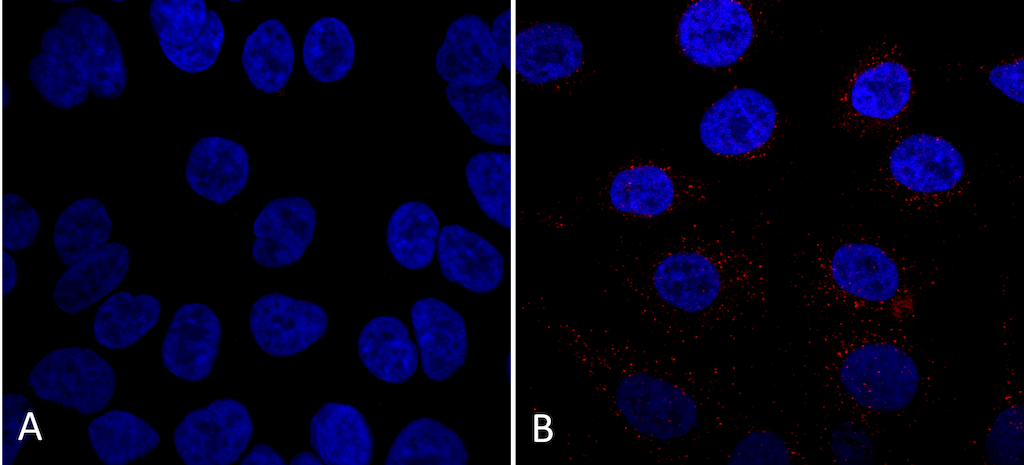
Immunocytochemistry/Immunofluorescence analysis using Mouse Anti-VPS35 Monoclonal Antibody, Clone 7E4 (SMC-602). Tissue: A549 cells. Species: Human. Primary Antibody: Mouse Anti-VPS35 Monoclonal Antibody (SMC-602) at 1:5 (tissue culture supernatant). Secondary Antibody: Donkey anti-mouse: Alexa Fluor 594 at 1:4000 in 0.2% BSA PBS. Counterstain: DAPI. Localization: Vesicles. A) VPS35 KO A549 cells B) WT A549 cells. Courtesy of: Dario Alessi Lab, University of Dundee.
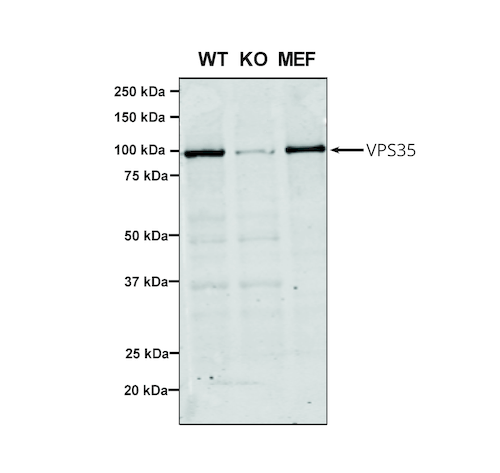
Western Blot analysis of Human, Mouse A549, MEF showing detection of VPS35 protein using Mouse Anti-VPS35 Monoclonal Antibody, Clone 7E4 (SMC-602). Lane 1: Molecular Weight Ladder. Lane 2: VPS35 KO A549 cells. Lane 3: mouse embryonic fibroblast cells.. Load: 8 µg each A549 and MEF. Primary Antibody: Mouse Anti-VPS35 Monoclonal Antibody (SMC-602) at 1:5 (tissue culture supernatant). Secondary Antibody: Donkey anti-mouse IRDye 800CW at 1:25000 in TBS-T.
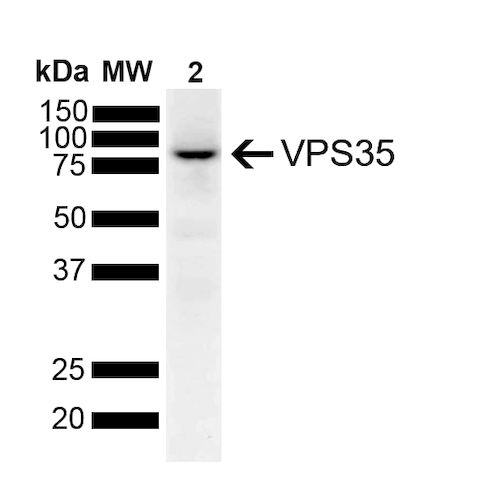
Western Blot analysis of Human SH-SY5Y lysates showing detection of 91.7 kDa VPS35 protein using Mouse Anti-VPS35 Monoclonal Antibody, Clone 7E4 (SMC-602). Lane 1: Molecular Weight Ladder. Lane 2: SH-SY5Y. Load: 10 μg. Block: 5% Skim Milk powder in TBST. Primary Antibody: Mouse Anti-VPS35 Monoclonal Antibody (SMC-602) at 1:1000 for 2 hours at RT with shaking. Secondary Antibody: Goat anti-mouse IgG:HRP at 1:4000 for 1 hour at RT with shaking. Color Development: Chemiluminescent for HRP (Moss) for 5 min in RT. Predicted/Observed Size: 91.7 kDa.
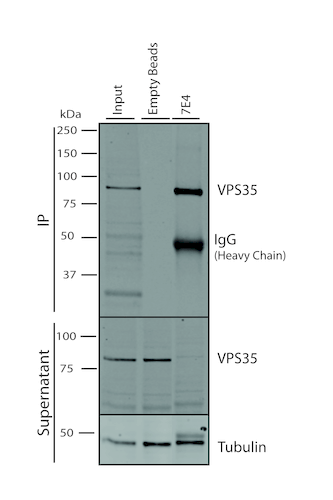
Immunoprecipitation analysis using Mouse Anti-VPS35 Monoclonal Antibody, Clone 7E4 (SMC-602). Tissue: A549 cells. Species: Human. Primary Antibody: Mouse Anti-VPS35 Monoclonal Antibody (SMC-602). 500 µL cell culture supernatants were incubated with 10 µL of Protein A/G resin beads for 1 hour at 4⁰C. SMC-602 clone 7E4 depletes virtually all of the VPS35 from the A549 cell extract..
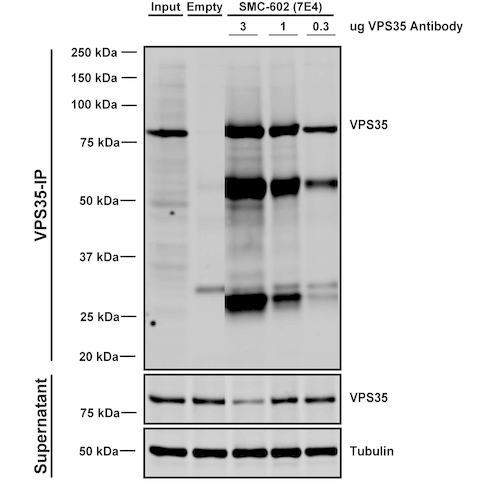
Immunoprecipitation analysis using Mouse Anti-VPS35 Monoclonal Antibody, Clone 7E4 (SMC-602). Tissue: embryonic fibroblast. Species: Mouse. Primary Antibody: Mouse Anti-VPS35 Monoclonal Antibody (SMC-602). Three amounts of SMC-602 (3, 1 and 0.3 ug) were non-covalently coupled to 10uL of A/G sepharose beads for 1 hour at 4°C and next incubated with 250ug of MEF lysate for 2 hours at 4°C.
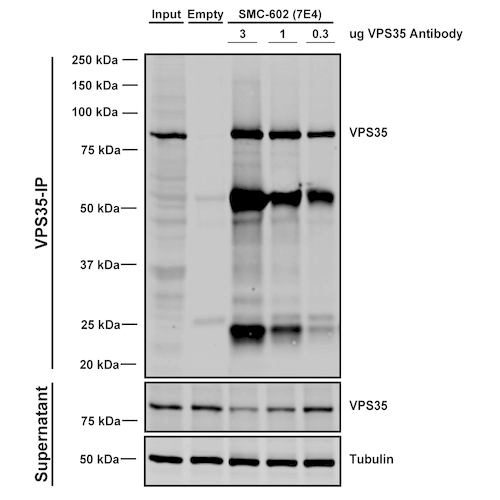
Immunoprecipitation analysis using Mouse Anti-VPS35 Monoclonal Antibody, Clone 7E4 (SMC-602). Tissue: A549 cells. Species: Human. Primary Antibody: Mouse Anti-VPS35 Monoclonal Antibody (SMC-602). Three amounts of SMC-602 (3, 1 and 0.3 ug) were non-covalently coupled to 10uL of A/G sepharose beads for 1 hour at 4°C and next incubated with 250ug of A549 lysate for 2 hours at 4°C.
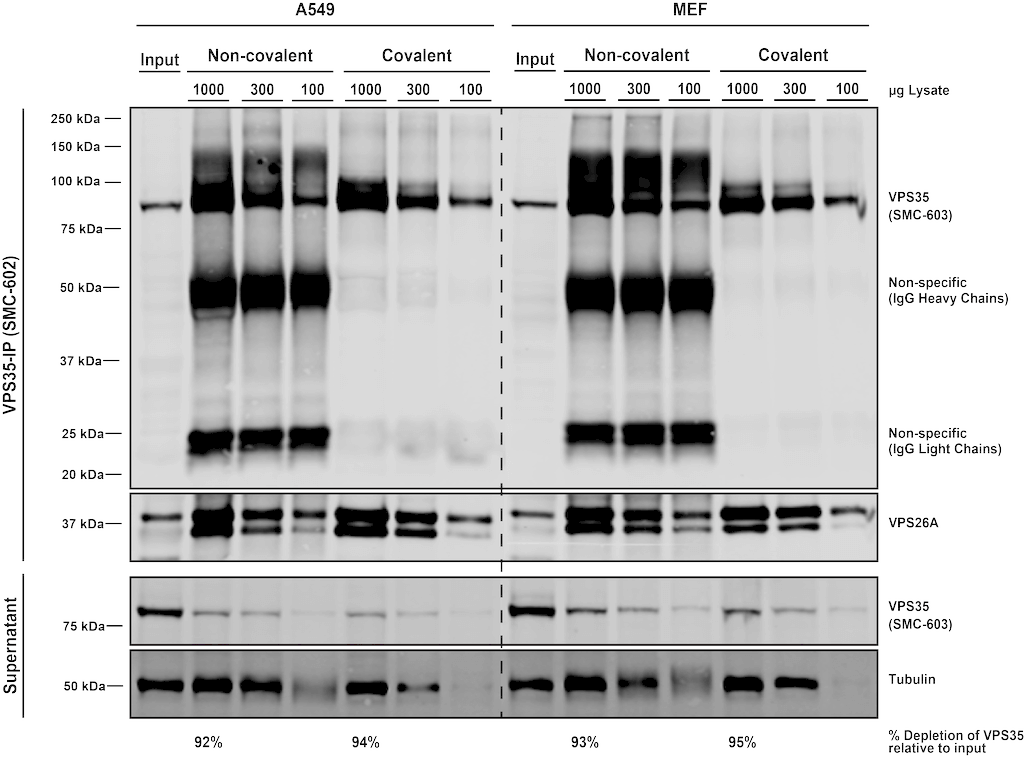
Immunoprecipitation analysis using Mouse Anti-VPS35 Monoclonal Antibody, Clone 7E4 (SMC-602). Tissue: MEF, A549 cells. Species: Human, Mouse. Primary Antibody: Mouse Anti-VPS35 Monoclonal Antibody (SMC-602) at 1:5 (tissue culture supernatant). 10 ug antibody were coupled to 10 uL A/G resin beads either covalently (with DMP) or non-covalently (1 hour at 4 degrees). The antibody immunoprecipitates VPS35 in mouse and human cells effectively when covalently coupled to the beads..

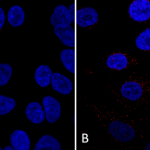
![Mouse Anti-VPS35 Antibody [7E4] used in Immunoprecipitation (IP) on Human A549 cells (SMC-602)](https://www.stressmarq.com/wp-content/uploads/SMC-602_VPS35_Antibody_7E4_IP_Human_A549-cells_1-100x100.png)
![Mouse Anti-VPS35 Antibody [7E4] used in Immunoprecipitation (IP) on Human A549 cells (SMC-602)](https://www.stressmarq.com/wp-content/uploads/SMC-602_VPS35_Antibody_7E4_IP_Human_A549-cells_2-100x100.png)
![Mouse Anti-VPS35 Antibody [7E4] used in Western Blot (WB) on Human, Mouse A549, MEF (SMC-602)](https://www.stressmarq.com/wp-content/uploads/SMC-602_VPS35_Antibody_7E4_WB_Human-Mouse_A549-MEF_1-100x100.png)
![Mouse Anti-VPS35 Antibody [7E4] used in Western Blot (WB) on Human SH-SY5Y lysates (SMC-602)](https://www.stressmarq.com/wp-content/uploads/SMC-602_VPS35_Antibody_7E4_WB_Human_SH-SY5Y-lysates_2-100x100.png)
![Mouse Anti-VPS35 Antibody [7E4] used in Immunoprecipitation (IP) on Human A549 cells (SMC-602)](https://www.stressmarq.com/wp-content/uploads/SMC-602_VPS35_Antibody_7E4_IP_Human_A549-cells_3-100x100.png)
![Mouse Anti-VPS35 Antibody [7E4] used in Immunoprecipitation (IP) on Mouse embryonic fibroblast (SMC-602)](https://www.stressmarq.com/wp-content/uploads/SMC-602_VPS35_Antibody_7E4_IP_Mouse_embryonic-fibroblast_4-100x100.png)
![Mouse Anti-VPS35 Antibody [7E4] used in Immunoprecipitation (IP) on Human, Mouse MEF, A549 cells (SMC-602)](https://www.stressmarq.com/wp-content/uploads/SMC-602_VPS35_Antibody_7E4_IP_Human-Mouse_MEF-A549-cells_5-100x100.png)
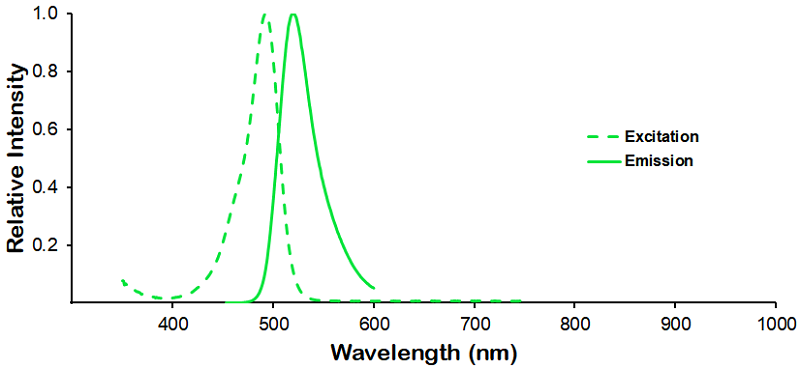
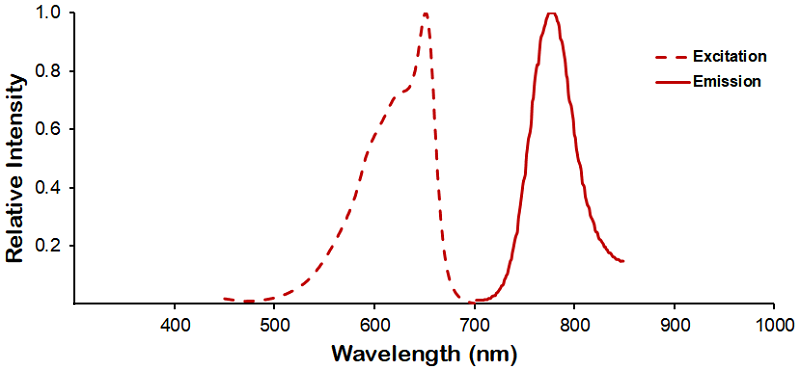
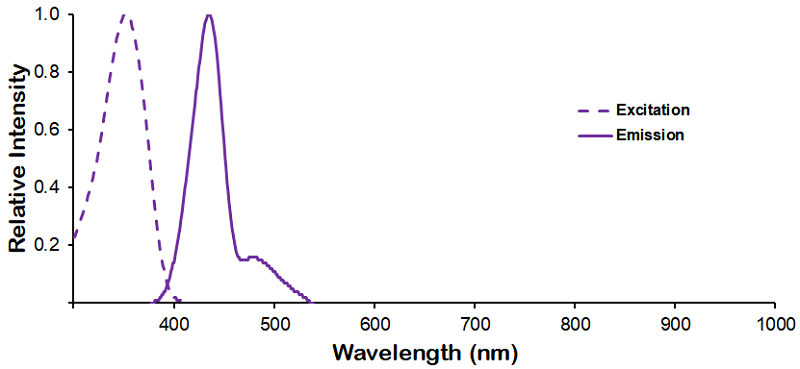
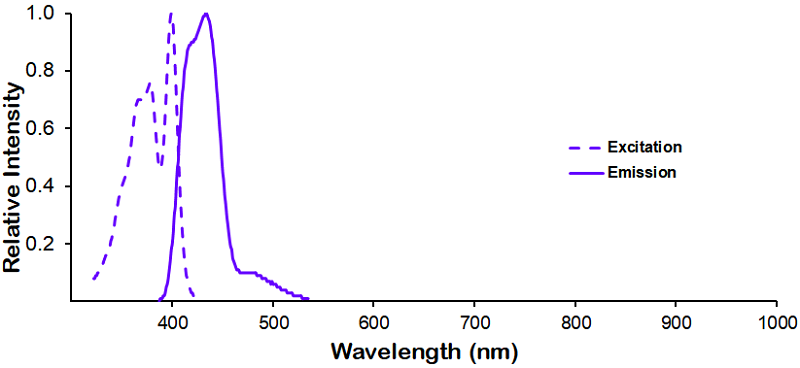
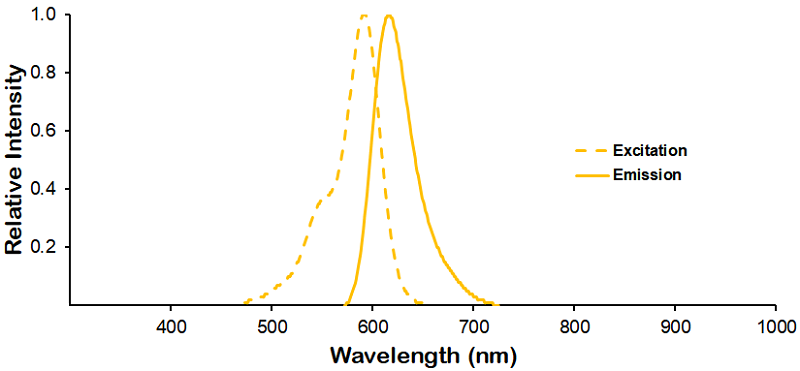

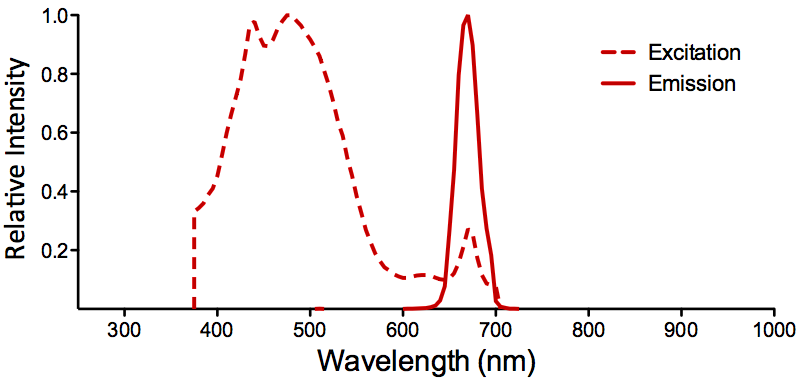
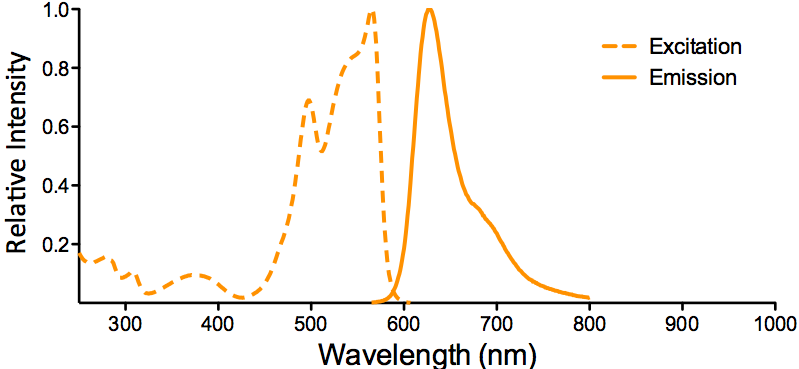
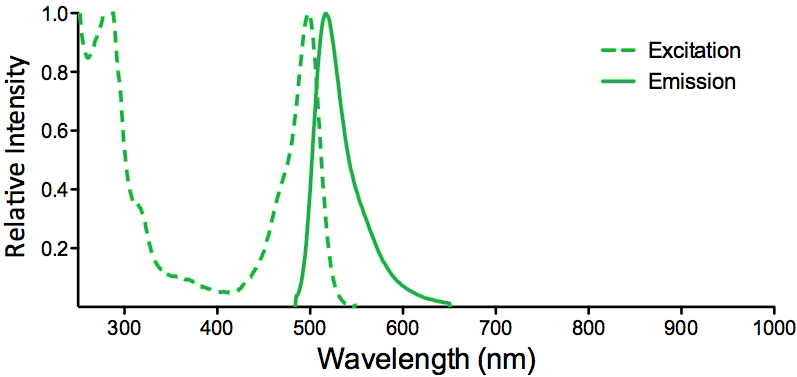
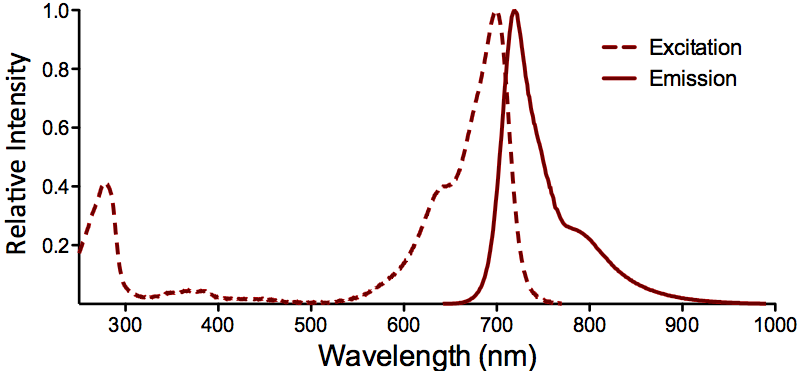
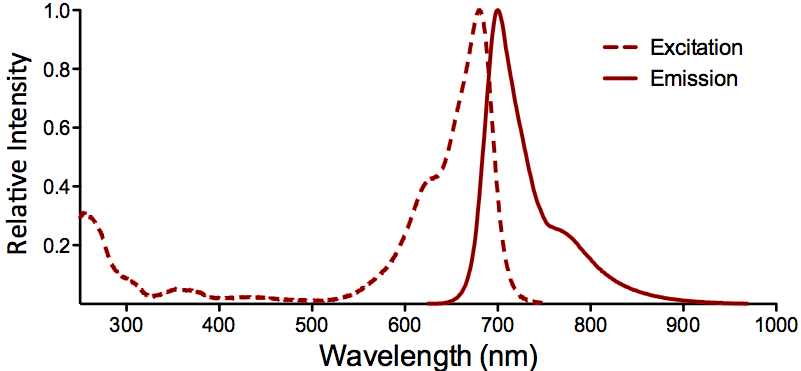

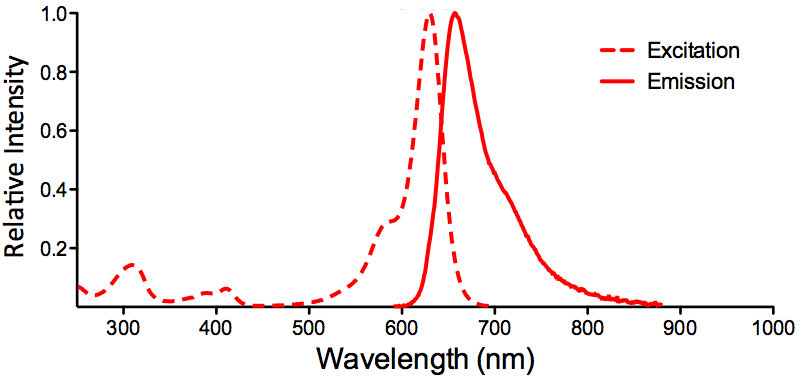
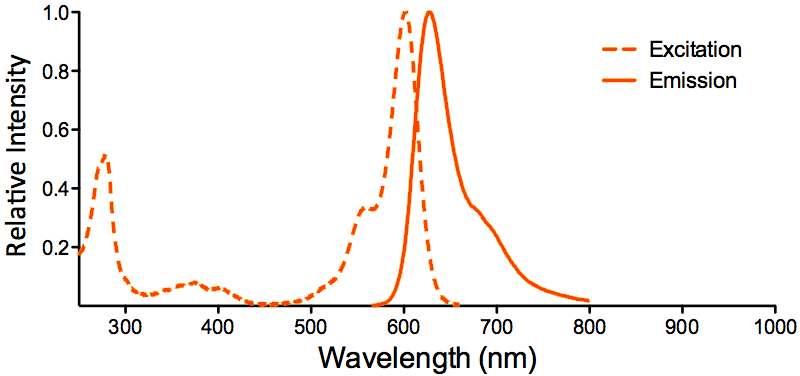

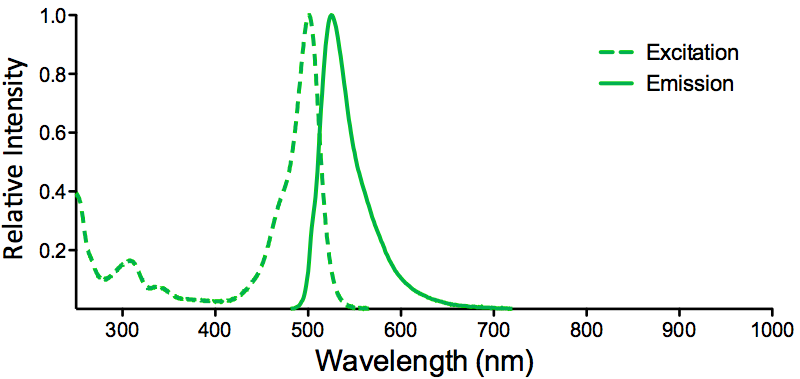
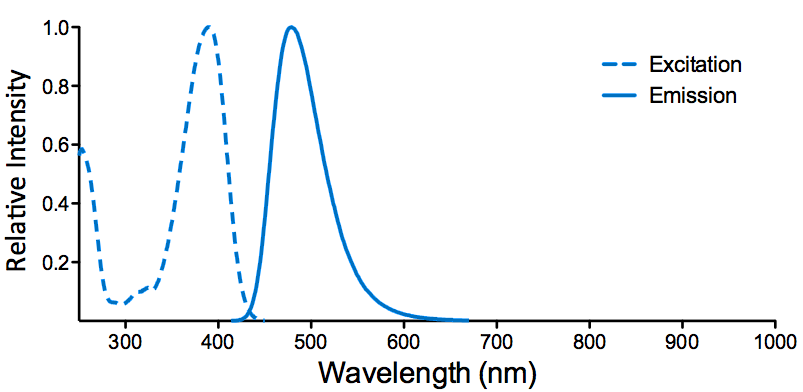
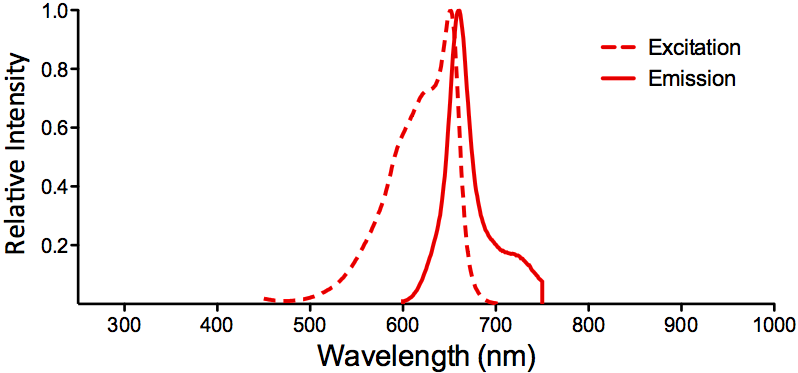
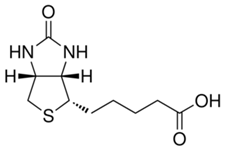
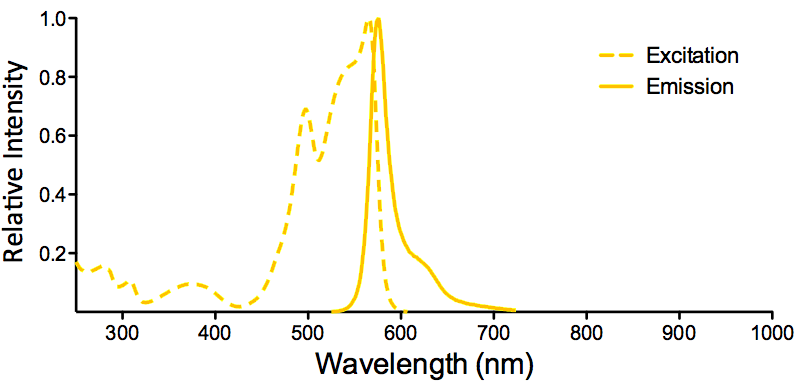
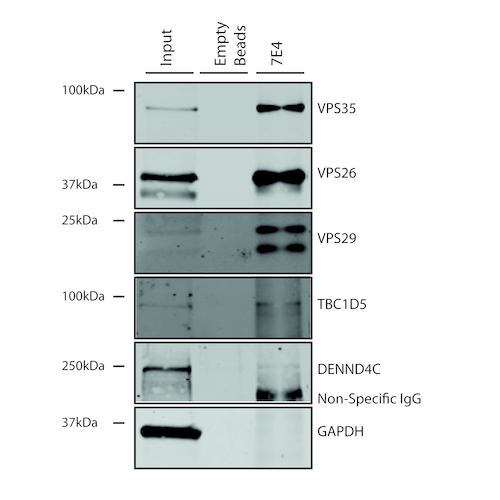
Reviews
There are no reviews yet.